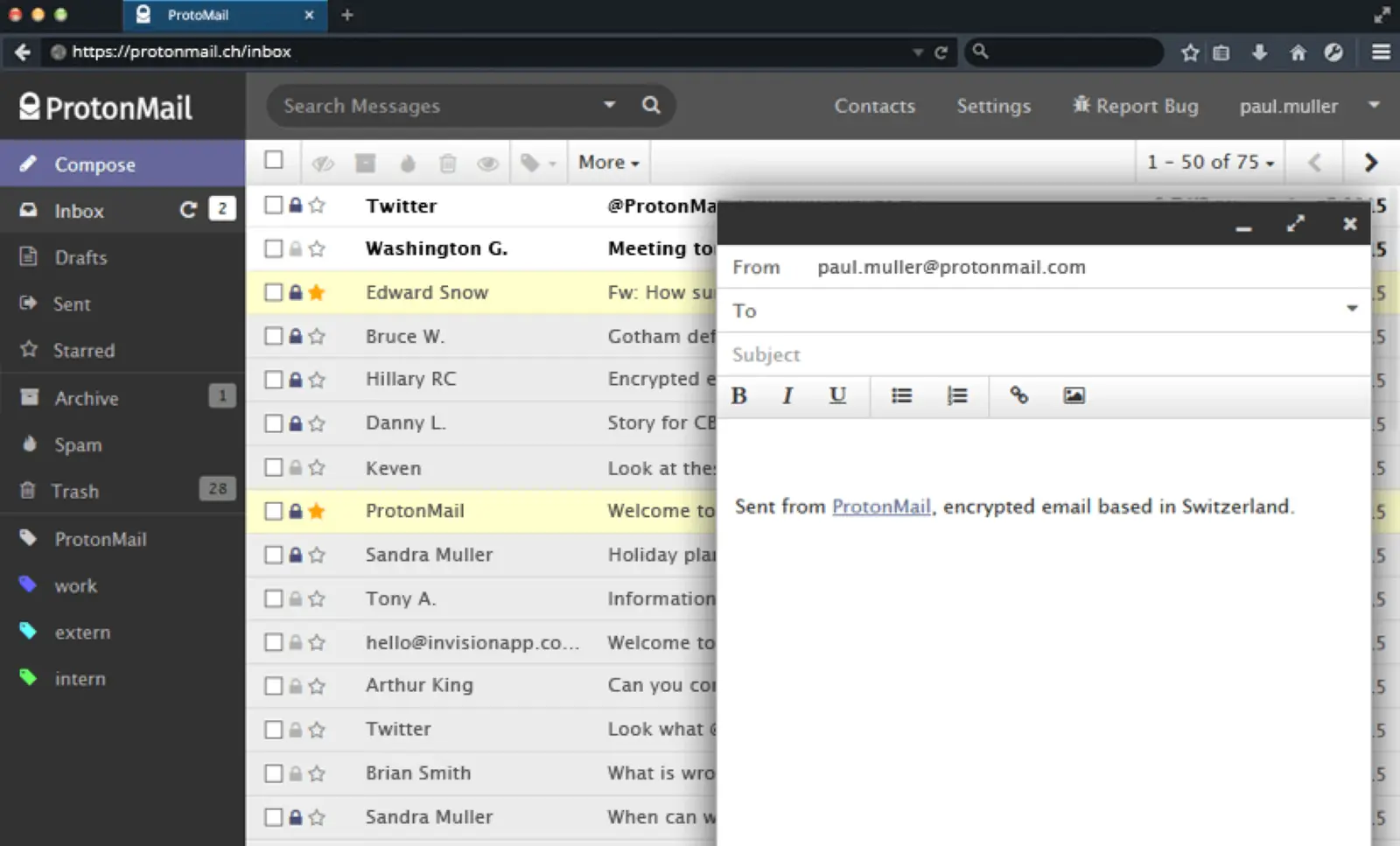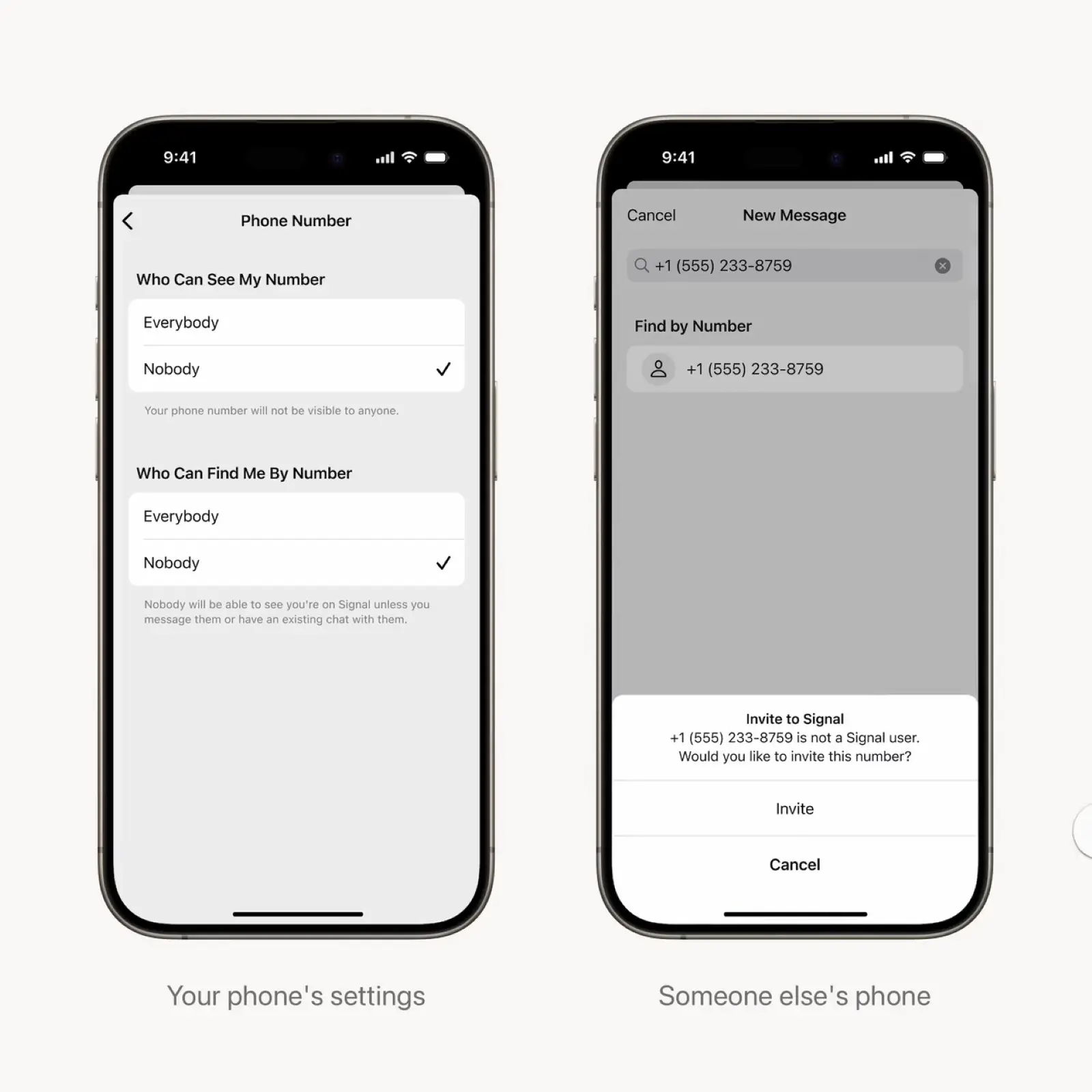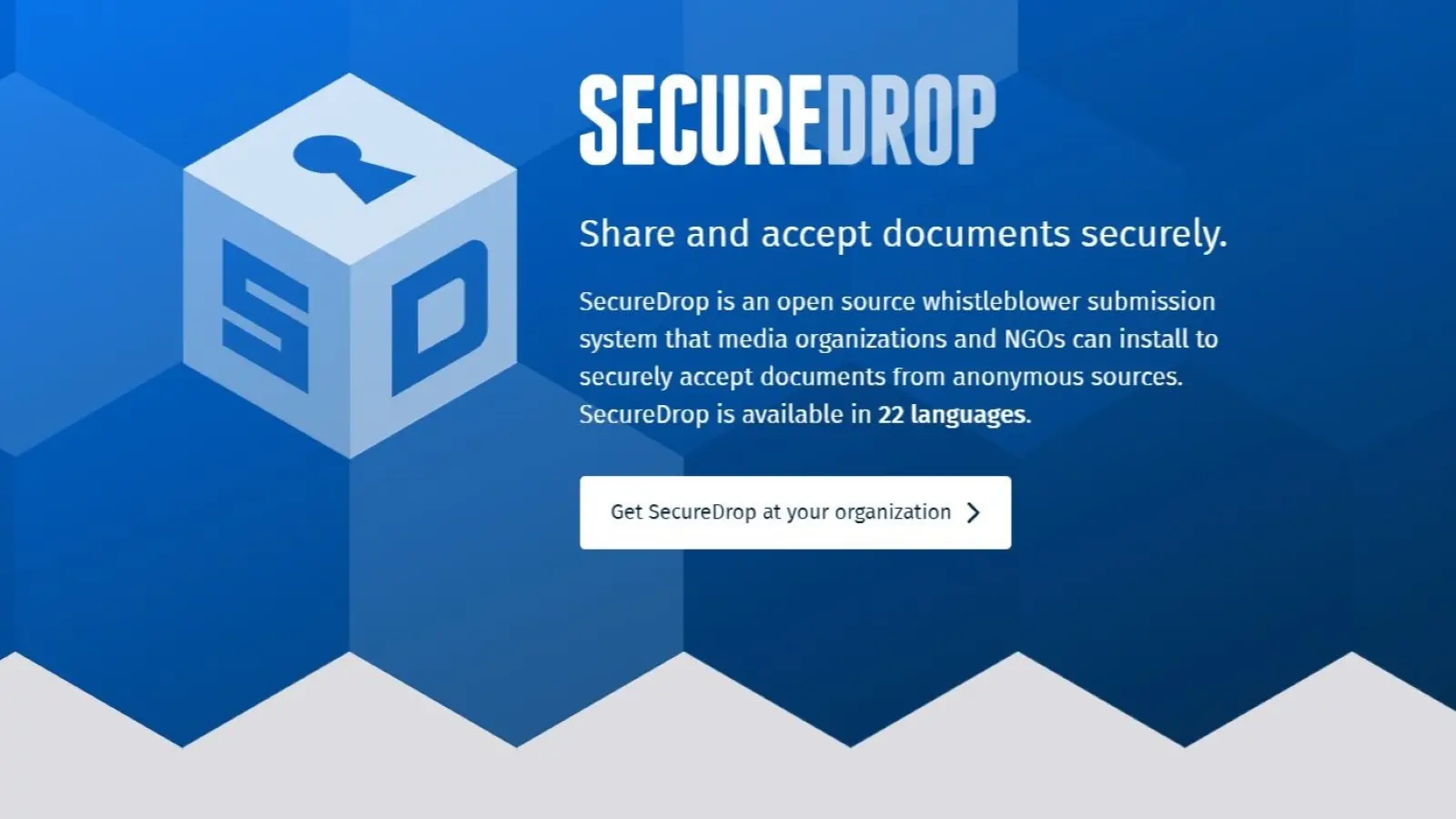Did you witness a local candidate buying votes? Is your workplace rife with corrupt practices? Got proof? In the social media age, the reflex is to write up a damning thread of receipts on X or post screenshots of chat messages on your Instagram stories.
But if you really want to hold people accountable, the alternative is more daunting and less convenient. Tipping a journalist requires patience, communication, and evidence, but it also ensures that your intel goes through the right channels.
Tipping methods vary among news organizations, but if you don’t know where to start, we’ve got you covered.
Where to Send News Tips Online
Sharing your scoop with journalists online might sound like a data privacy nightmare, but news organizations have taken steps to ensure your anonymity and safety. Here are the three most common tiplines used by news organizations.
Email. News organizations usually have their tipping email addresses available to the public. If you have a specific reporter you’d like to tip, you can also reach out to them directly. To keep your information secure, some news organizations use ProtonMail, an end-to-end encrypted email service that makes sure only you and the journalist have access to content.

Signal. This is an end-to-end encrypted messaging app news outlets trust for receiving tips. Signal lets you automatically delete messages after a set amount of time. If you have photos, videos, or documents to go with your tip, the app doesn’t retain metadata — data in files that can be traced back to you, like the file author, date created, date modified, and your IP address.
If you start by reaching out to a journalist’s social media account or email address, you can ask to move the conversation to Signal. Other news organizations have their Signal numbers or usernames on their websites.

(Editor’s Note: Currently, Rolling Stone Philippines does not have a dedicated Signal account. If you would like to send a tip to our team using Signal, please first contact us at [email protected].)
SecureDrop. This is a whistleblower document submission platform that some news organizations use to communicate and share files with anonymous tippers or whistleblowers. Like Signal, SecureDrop doesn’t keep the metadata in most file types. For file types like JPEG and DOCX, it’s best to use metadata scrubbers, which are available online.
Note that to ensure anonymity, you’ll have to use the free alternative browser,Tor, which was developed by nonprofit organization The Tor Project to enable anonymous communication. News organizations also lay out the steps for contacting them on SecureDrop.

(Editor’s Note: Currently, Rolling Stone Philippines does not use SecureDrop to receive news tips.)
Preparing A News Tip
How do I know my scoop is relevant?
Your tip must concern the public. If your intel involves marginalized or underrepresented sectors, institutions, organizations, businesses, or public figures like celebrities and politicians, it will be of interest to journalists. Make sure to explain why your scoop matters and what’s at stake.
What should I include in my news tip?
A good tip covers the basics: who, what, when, where, why, and how. You also need documentation or evidence to substantiate tip. Speculation and hearsay are not enough.
For your privacy, you don’t have to identify yourself, but it will help to let the journalist know how you got your information.
What should I expect once a journalist gets back to me?
If the reporter is interested in pursuing your scoop, they may ask for more evidence or other relevant contacts to verify the information. It may take weeks or even months to publish the story, depending on its scope.
News organizations warn that it may take them a few weeks to respond to tips, as they have loads of information and news to sift through.
Can authorities force journalists to divulge my personal information?
No. In the Philippines, the Sotto Law passed in 1946 protects journalists from being compelled by authorities to divulge information given to them in confidence, including the personal information of sources. In 1956, the law was amended to include other practitioners in magazines and newspapers. In 2019, it was amended again to include practitioners in broadcast and digital media.





